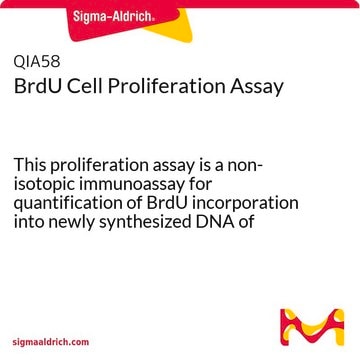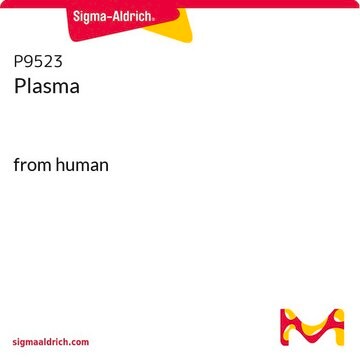NS225
Neurite Outgrowth Assay Kit (1 µm)
The NS225 Neurite Outgrowth Assay Kit (1 μm) is based on the use of Millicell cell culture inserts (chambers) containing a permeable membrane with 1 μm pores at the base.
Sinónimos:
Neurite growth assay
Seleccione un Tamaño
$443.00
Fecha estimada de envío21 de mayo de 2025
Seleccione un Tamaño
About This Item
$443.00
Fecha estimada de envío21 de mayo de 2025
Productos recomendados
Nivel de calidad
reactividad de especies (predicha por homología)
all
fabricante / nombre comercial
Chemicon®
técnicas
cell based assay: suitable
método de detección
colorimetric
Condiciones de envío
wet ice
Descripción general
Aplicación
Componentes
Neurite Stain Solution: (Part No. 90242) One 20 mL bottle.
Neurite Stain Extraction Buffer: (Part No. 90243) One 20 mL bottle.
Neurite Outgrowth Assay Plate: (Part No. 2007255) Two 24-well plates.
Cotton Swabs: (Part No. 10202) 50 swabs.
Forceps: (Part No. 10203) One each.
Almacenamiento y estabilidad
Información legal
Cláusula de descargo de responsabilidad
Palabra de señalización
Danger
Frases de peligro
Consejos de prudencia
Clasificaciones de peligro
Eye Irrit. 2 - Flam. Liq. 2
Código de clase de almacenamiento
3 - Flammable liquids
Certificados de análisis (COA)
Busque Certificados de análisis (COA) introduciendo el número de lote del producto. Los números de lote se encuentran en la etiqueta del producto después de las palabras «Lot» o «Batch»
¿Ya tiene este producto?
Encuentre la documentación para los productos que ha comprado recientemente en la Biblioteca de documentos.
Artículos
Optimized cell based neurite outgrowth assays and reagents to study neuron function and development.
Active Filters
Nuestro equipo de científicos tiene experiencia en todas las áreas de investigación: Ciencias de la vida, Ciencia de los materiales, Síntesis química, Cromatografía, Analítica y muchas otras.
Póngase en contacto con el Servicio técnico










